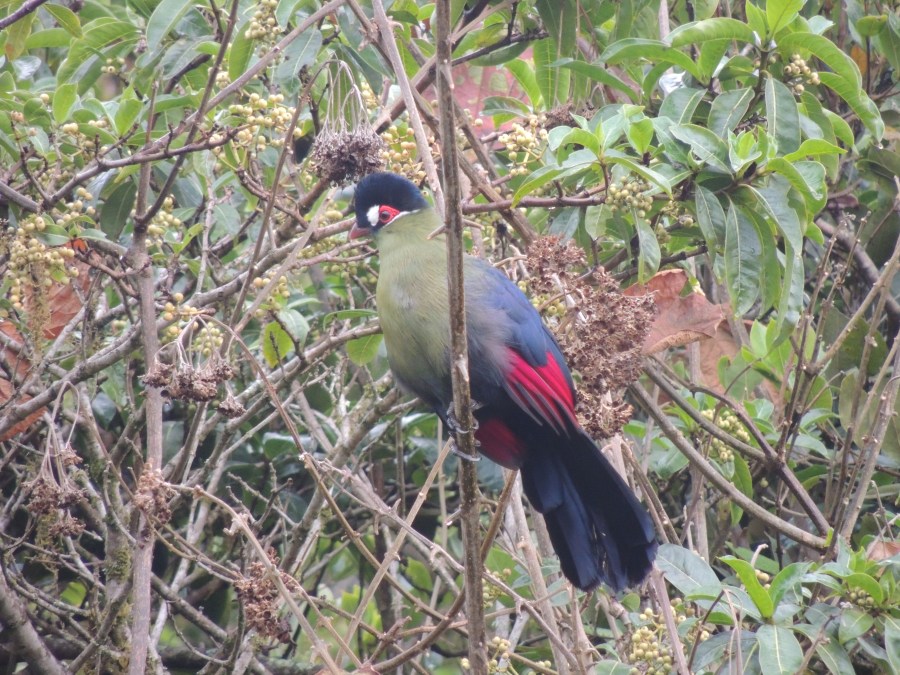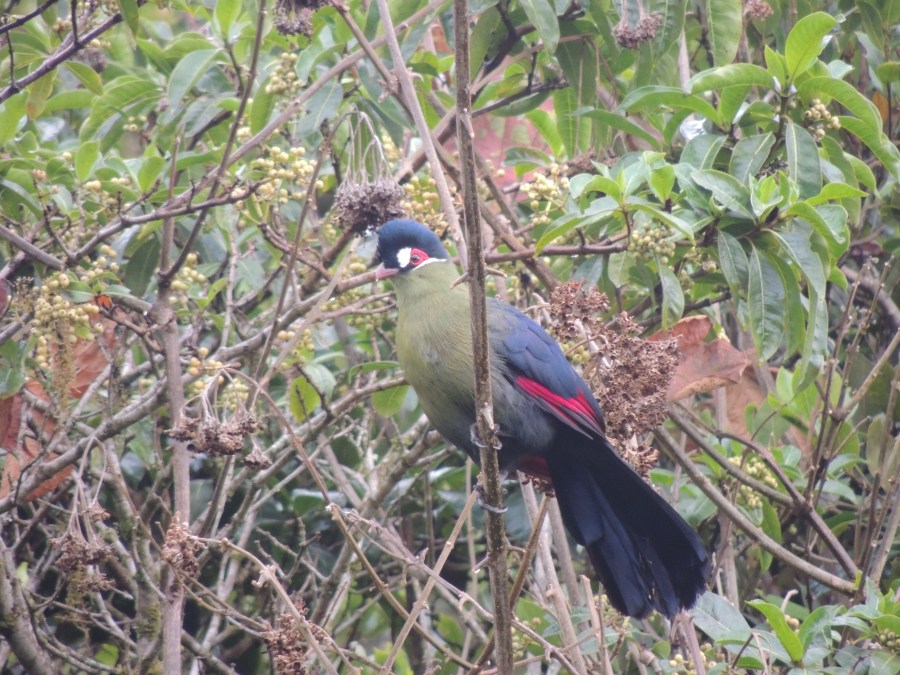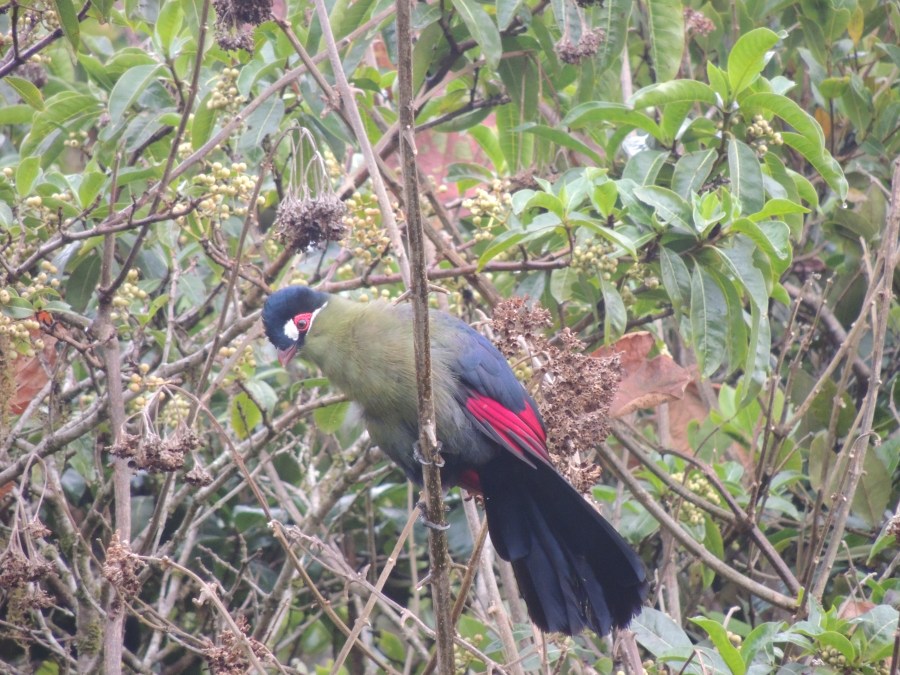
The Broad-billed roller is a beautiful bird to watch during your nature travel in Kenya, and its strikingly yellow billed catches your attention instantly .It is found in areas around Lake Nakuru national park, Mt.Kenya, Kakamega extending south to Masai Mara game reserve.
Here it is fairly common in savanna, as well as clearings in woodlands. It is a specialist predator, mainly eating swarming termite and ants, as well as beetles and bugs. It mainly nests in unlined cavities in trees 5-15 m above ground. It also nests in holes of barns . It lays 2-4 eggs, timing laying to coincide with the emergence of insects after rain.
Intra-African breeding migrant, mainly breeding in southern Africa before moving north in the non-breeding season. Flocks start to arrive in southern Africa in September, leaving in the period from December to April.
It mainly nests in unlined cavities about 5-15 m above ground, usually in a tree but occasionally in a barn.




